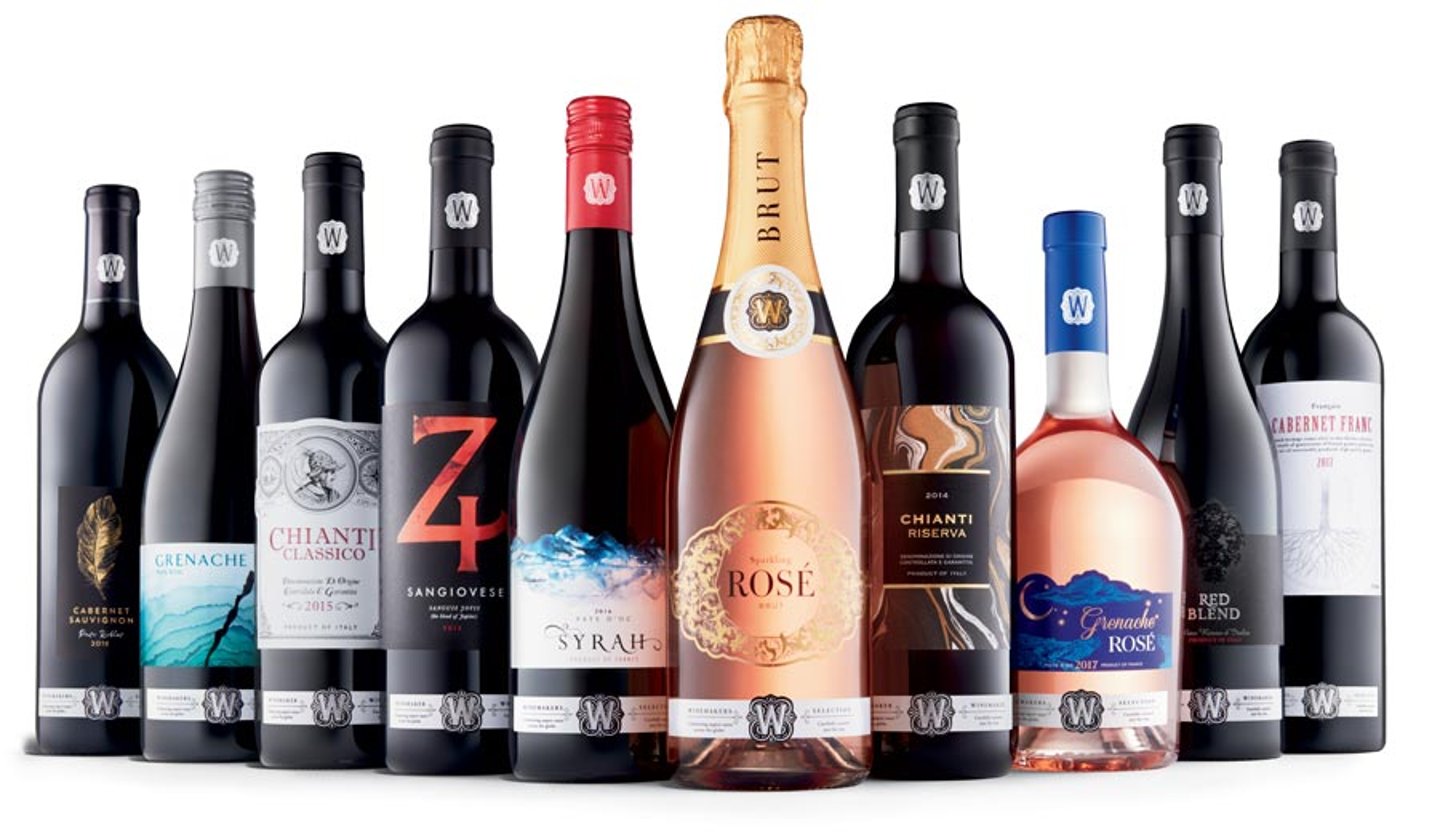Beer, wine and spirits as store brands
Life’s biggest moments are often celebrated with an adult beverage or two. Whether it’s a party or a wedding, a sporting event or happy hour, many of us look forward to toasting to a good time. Fortunately, beer, wine and spirits come in myriad varieties to suit any taste or occasion. And now the selection has expanded even further with the growth of store brands in the liquor aisle. In fact, consumers are downright thirsty for these quality and affordable libations.
Beer please
According to an October 2017 report from market researcher Mintel titled “Beer and Craft Beer,” beer, ale and alcoholic cider remain the drink category of choice. In fact, the overall category is by far the largest alcohol beverage category with nearly $16 billion in sales during the prior year. Widespread adoption, affordability, accessibility and a wide product range keep consumers interested. But the category has been shaped significantly by several recent trends.
Ravinder Minhas, owner of Monroe, Wis.-based Minhas Breweries and Distillery, sees a big trend in craft beer being offered at mainstream prices.
“For example, a West Coast-style IPA sold at the price of Bud Light on a 24 [pack] 12-oz. can basis,” he explains. “This is because the craft beer market has peaked, and its growth has leveled out.”
Once unique and interesting, individual craft brewer stories are losing their novelty, Minhas says.
“There are many consumers who pay 50 to 75 percent more because the beer is being made by a local nano/small brewery that has a feel-good story,” he adds. “But there are many consumers [who] care more for the taste, price and value and less for the ‘story.’ ”
When it comes to store brands, he sees good opportunities in budget beer that is available in 30- or 36-pack cans.
“Mainstream beers have been declining about 4 percent per year for a while now,” he says, “which means consumers are no longer willing to pay [more] for these so-called ‘premiums’ as depicted as ‘premium’ in the TV ads at an expense of millions of dollars a day,” he adds.
But premium branding has not always translated into premium taste. For those consumers looking for more flavor, an array of flavored beer is filling store shelves. The most popular flavors featured in these beer launches include grapefruit, lemon, raspberry and citrus. Limited-edition and seasonal varieties are also piquing consumer interest.
Wine a bit
Lately, consumers have been positively abuzz about store brand wine. The old perception of store brand wine as poor quality and cheap is on its way out. Now, shoppers are stocking up on bottles of private-branded wine that feature exceptional taste and are adorned with award labels. In fact, sales of store brand wine have increased dramatically over the past year or so (see table). And these numbers are no fluke as unit sales have also soared — more than 93 percent, according to Information Resources Inc.
Trader Joe’s often gets the credit for kicking off the private brands wine tre nd with its Charles Shaw line, which is affectionately referred to as Two Buck Chuck. The success of the line inspired retailers like Whole Foods Market, Costco Wholesale, ALDI and Lidl to offer store brand wine as well.
“As those retailers have become more popular and have gotten more share of the supermarket industry, one of the things that has happened is that more consumers have discovered their wine,” says Brian Sharoff, president of the Private Label Manufacturers Association (PLMA).
Retailers like Trader Joe’s clearly identify its wine as store brand on its label, but others do not feature the retailer’s name at all. But why not? Many consumers want a name they know and trust.
“It’s [private label wine] for the people who go in and see 37 different brands of chardonnay, and they only know the word ‘chardonnay’ … they know nothing about the various brands, but because they trust [Costco’s] Kirkland Signature [for example], they’re going to buy Kirkland Signature Chardonnay,” Sharoff says.
Private-branded wine has been piling on the accolades lately, too. Case in point, Lidl won 101 medals at the International Wine Competition in Los Angeles last year. And at the International Wine Challenge held last year in London, 391 store brand supermarket wines received medals. ALDI’s $10 Rose was cited as one of the best values for wine at the International Wine Challenges Great Value Awards.
To encourage shoppers to give their own brand wines a sip, retailers should consider offering regular tastings in-store. And because a good meal would not be complete without a glass of wine, retailers could match up their wine offerings with their own brand meal kits to offer a complete and quality meal.
Spirits spell opportunity
Comparatively speaking, the overall spirits category is smaller than both wine and beer, but the category is growing as new types of spirits continue to roll out. Take ready-to-drink cocktails, for example. The biggest trend is ready-to-drink cocktails in a can made with spirits and a neutral malt base.
Seltzers are another big trend. Sold mostly in party packs and containing 4 percent alcohol by volume, the beverages are often gluten-free. According to Minhas, store brands have a big opportunity to have their own brands in this category.
Other opportunities in spirits include high-end gins with a variety of flavors. Take Trader Joe’s The Art of the Still Organic Gin, for instance. It is manufactured using an organic process that even finishes with a sustainable flourish; the distillery sends unused grains to local farmers for use in animal feed. The gin is made using a batch distilling system with a pot and 25-foot-high copper column that allows the distillers to craft the spirits to taste instead of a general prescribed formula.
As for bourbon, Minhas predicts that pricing will come down as the demand is just not growing as much.
Jevtic is a freelance writer from Schaumburg, Ill.

